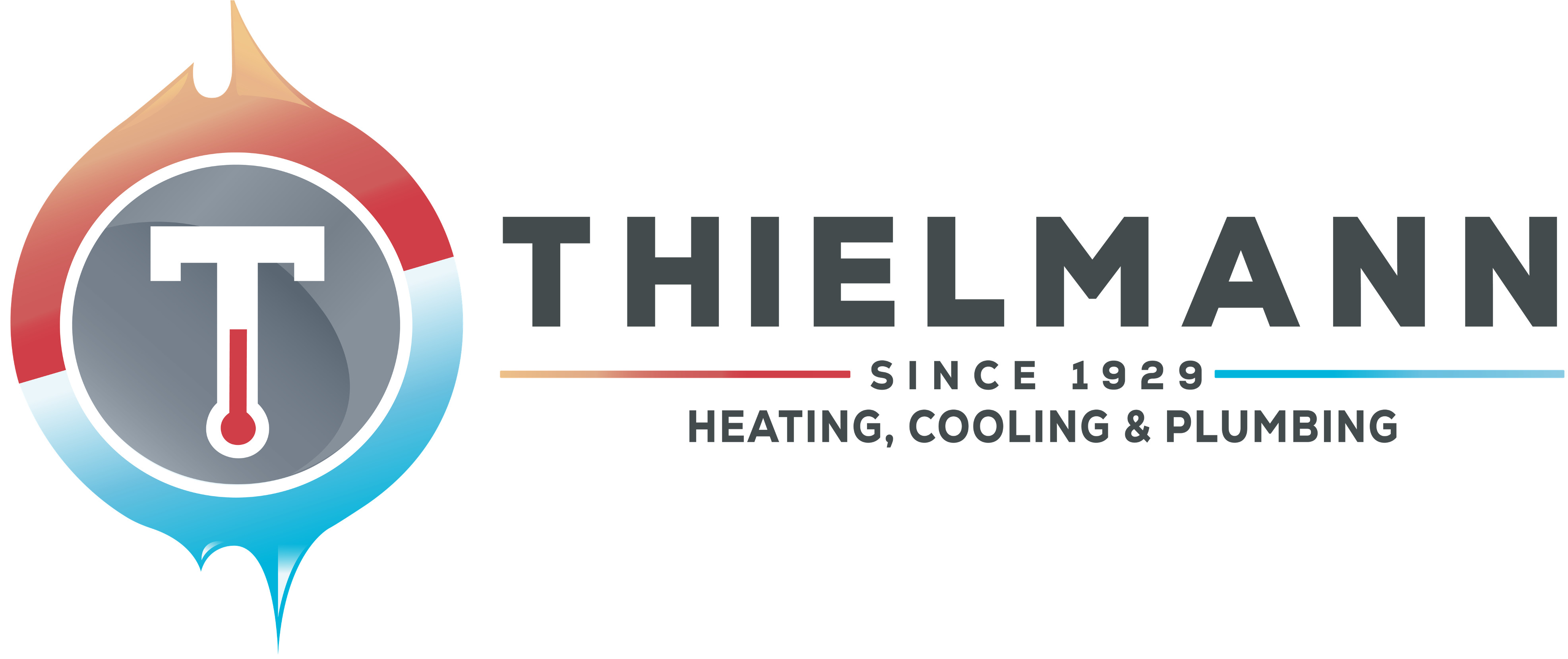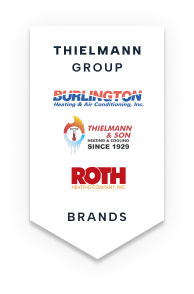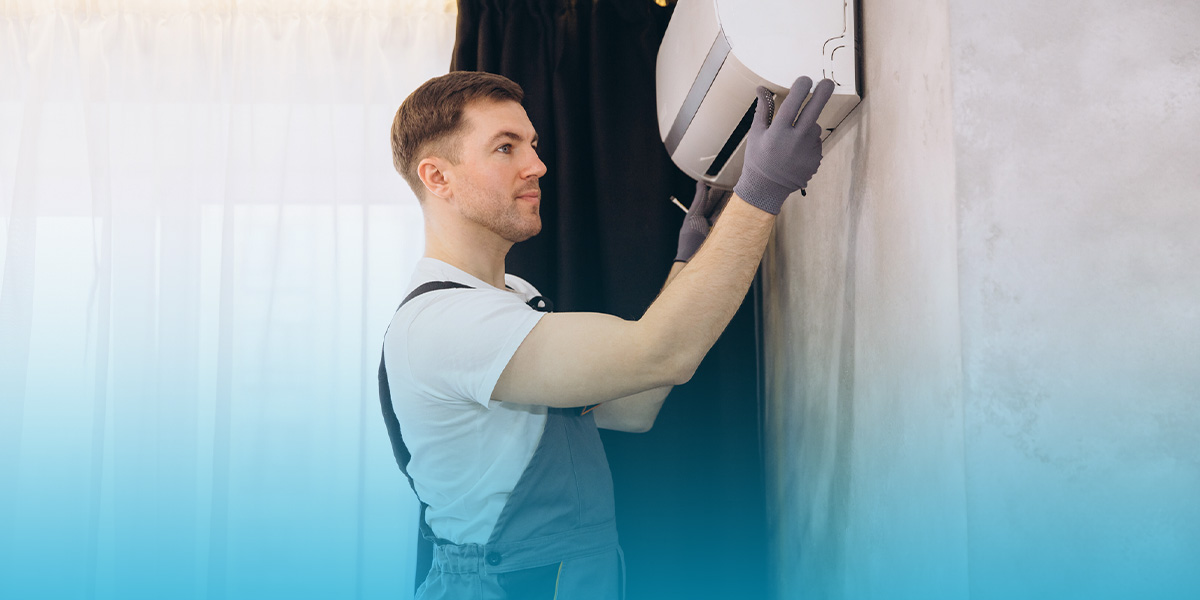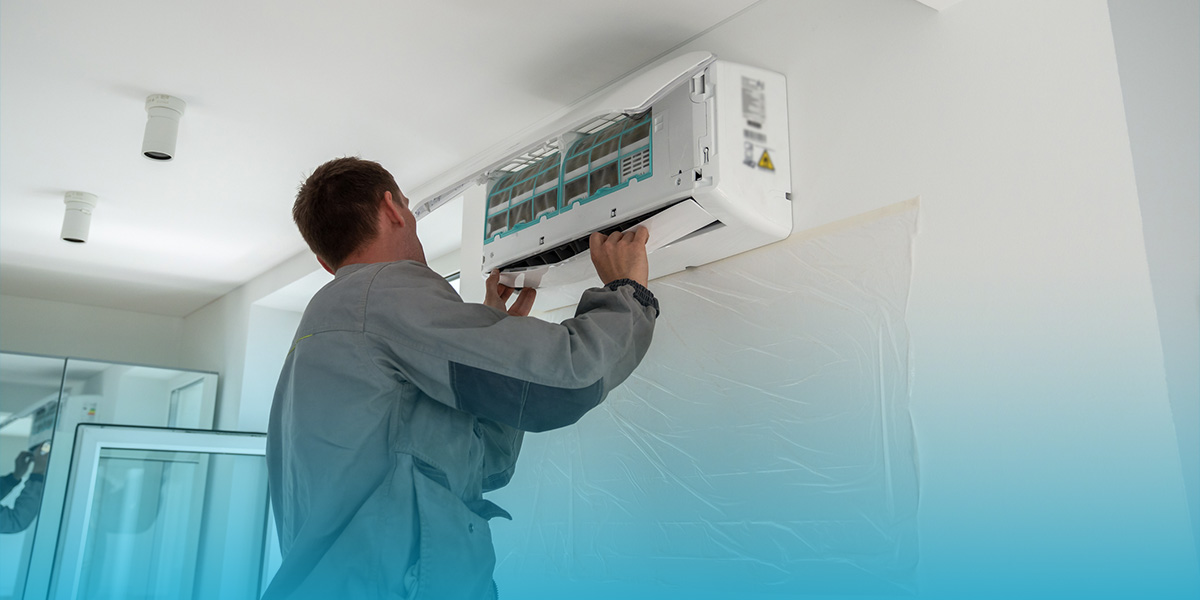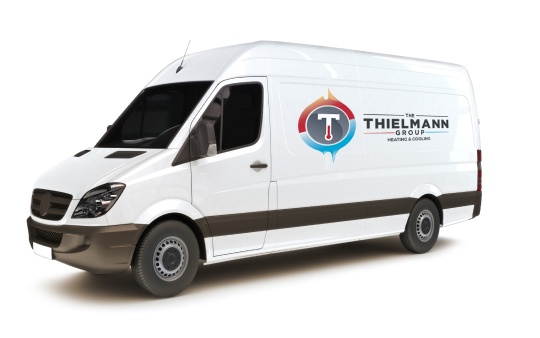
Heating, ventilation and air conditioning (HVAC) systems are essential for maintaining comfortable indoor temperatures, but how much does air conditioning increase the electric bill? Understanding how these systems use energy and what factors influence their efficiency is key to managing your utility bills.
This guide covers the types of energy HVAC systems use, the common reasons for increased energy consumption and practical strategies to lower energy costs.
Types of Energy Used by HVAC Systems
An AC uses either electricity or gas. Let’s examine these two main types of energy.
Electricity
Electricity is the predominant energy source for most residential HVAC systems. Air conditioners, heat pumps and the fans within furnaces run on electrical power.
For instance, the compressor in an air conditioner consumes a substantial amount of electricity to facilitate the cooling process. Similarly, the fan motor that circulates air throughout your home, whether for heating or cooling, also requires electrical consumption. Even gas furnaces use electricity to power their blowers, igniters and control boards.
Gas
Natural gas is commonly used in furnaces for heating purposes, particularly in regions with colder climates requiring substantial heating. Gas furnaces burn natural gas to generate heat, which is then distributed throughout the home via the ductwork.
While the primary heating element uses gas, the system still requires electricity for the fan and other components. Propane can also be used where natural gas lines are unavailable.
Factors Influencing Energy Consumption
If you’ve wondered why your electricity bill is so high when you use your AC, the answer is not as direct as you may expect. Several factors can significantly influence the amount of energy your HVAC system consumes, impacting your energy bills.
These factors include:
- Age and energy rating: Older HVAC models are less energy-efficient than modern ones. New systems are designed with improved components and more sophisticated controls that deliver the same comfort level with less energy. For example, a 10 to 15-year-old air conditioner might have a much lower Seasonal Energy Efficiency Ratio (SEER) than a new one, meaning it uses more electricity to produce the same amount of cooling.
- Installation: Even the most energy-efficient HVAC unit can perform poorly if installed incorrectly. Common air conditioner system issues like improperly sealed ductwork, incorrect refrigerant charge or an unbalanced airflow can force the system to work harder than necessary, leading to increased energy consumption and premature wear and tear. Professional installation can help ensure the system operates at peak efficiency.
- Maintenance: Neglecting regular HVAC system maintenance is a surefire way to increase your energy bills. Dirty air filters restrict airflow, making the fan work harder. Uncleaned coils reduce the system’s ability to transfer heat effectively. Unlubricated motors create friction and consume more power. Regular maintenance, such as changing filters, cleaning coils and checking refrigerant levels, is crucial for optimal efficiency.
- Insulation: Your home’s insulation is critical in maintaining indoor temperatures. Poorly insulated walls, attics and crawl spaces allow heat to escape in winter and enter in summer, forcing your HVAC system to run longer and more frequently to maintain the desired temperature. This constant cycling directly translates to higher energy consumption.
- Thermostat settings: The way you set your thermostat has a direct impact on your energy usage. Setting your air conditioner to a very low temperature in summer or your heater to a very high temperature in winter will cause the system to work harder to achieve and maintain those extreme settings, leading to a high heating and cooling bill. Even small adjustments of a few degrees can make a noticeable difference.
- Unit size: An improper HVAC system size can lead to serious energy inefficiencies. An oversized unit will cycle on and off too frequently, also known as short-cycling, leading to increased wear, uneven temperatures and wasted energy. On the other hand, an undersized unit will struggle to meet the heating or cooling demand, running continuously without adequately conditioning the space.
Strategies to Lower Your Energy Bill
The following are various strategies you can implement to reduce your HVAC energy consumption and lower your utility bill.
Prioritize Regular Maintenance
Regular, professional HVAC maintenance is paramount. It includes servicing your furnace in the fall and your air conditioner in the spring. During these visits, technicians will:
- Clean coils.
- Check refrigerant levels.
- Inspect electrical connections.
- Lubricate moving parts.
- Identify any potential issues before they become major problems.
On your end, regularly changing or cleaning your air filters every one to three months, or more frequently if you have pets or allergies, is one of the easiest and most impactful maintenance tasks you can perform.
Upgrade to Energy-Efficient Models
If your HVAC system is old and inefficient, upgrading to a new, energy-efficient model can lead to substantial long-term savings.

Look for units with high SEER ratings for air conditioners and heat pumps, and high Annual Fuel Utilization Efficiency (AFUE) ratings for furnaces. While the initial investment may be higher, the reduced energy consumption will quickly offset the cost.
Use a Smart Thermostat
Installing a smart thermostat is an excellent way to optimize your heating and cooling cycles. These thermostats can be programmed to adjust temperatures based on your schedule or preferences and connect to your smartphone for remote control. Many also offer energy usage reports, helping you identify patterns and further refine your settings for maximum savings.
Improve Home Insulation
Enhancing your home’s insulation is a foundational step in reducing energy waste. Add insulation to your walls, attic and crawl spaces to create a better thermal envelope.
Sealing air leaks around windows, doors and electrical outlets with caulk and weatherstripping can also prevent conditioned air from escaping and unconditioned air from entering.
Use Energy-Efficient Windows and Doors
Windows and doors are common culprits for heat loss in winter and heat gain in summer. Upgrading to energy-efficient windows with multiple panes, low-emissivity (Low-E) coatings or argon gas fills can significantly reduce heat transfer. Similarly, well-sealed, insulated doors minimize drafts and improve your home’s overall thermal performance, reducing the load on your HVAC system.
Ensure Proper System Sizing and Installation
When it’s time to replace your HVAC system, ensure you work with a reputable professional who will correctly size the unit for your home. They can perform a load calculation that considers your:
- Home’s square footage.
- Insulation levels.
- Window types.
- Local climate.
Proper sizing and professional installation guarantee that your new system operates optimally from day one, maximizing comfort and minimizing energy costs.
Rely on Thielmann Heating, Cooling, & Plumbing for Energy-Efficient HVAC Solutions
At Thielmann Heating, Cooling, & Plumbing, we understand the importance of efficient HVAC systems in managing your home’s energy consumption. We offer comprehensive services, from expert HVAC installation to precise system sizing.
We also offer a maintenance plan known as the Care-Free Maintenance and Energy Savings Program that keeps your system running optimally, extends its lifespan and helps you save money. Our certified technicians are equipped to diagnose HVAC system issues, provide energy-efficient upgrade recommendations and give you energy-saving tips for air conditioning.
Contact us today to schedule a consultation or learn more about our HVAC solutions.
